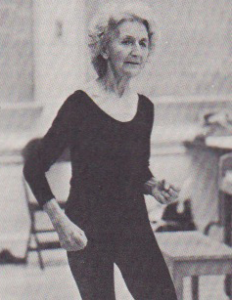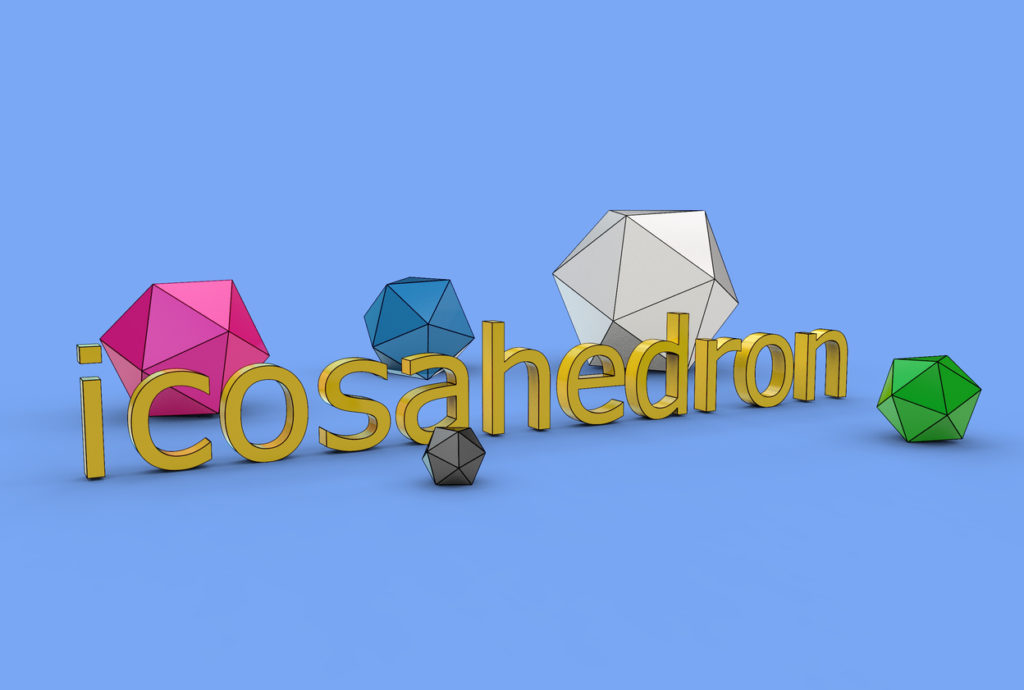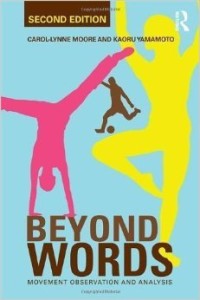
Within the Laban community, F.C. Lawrence has been regarded merely as Rudolf Laban’s “groupie.” Indeed, Warren Lamb, who worked closely with both men, observed in his unpublished autobiography that “Lawrence became so attached to Laban as to hang on his every word, promoting him (often much to my embarrassment) in guru-like terms.”
Lamb goes on to note that Lawrence “was not the most obvious candidate to partner Laban.” Lawrence was not a movement person. He was, however, one of the first management consultants in England, professionally qualified as both an engineer and an accountant. This difference in background made Lawrence an unsung yet incredibly valuable friend of movement study.
Lawrence was introduced to Laban through mutual acquaintances at Dartington Hall, where a weak and depressed Laban was recovering from his misfortunes in Nazi Germany and where Lawrence had worked as a consultant. In August, 1941, Lawrence wrote to Laban:
“In the study of movement in industrial operations we have found the utmost difficulty in making useful records, either by description or by sketches, and it seems to me that the notation you have invented for the ballet might be applied to my work with very considerable benefit.”
Lawrence followed up by sending his chief assistant to meet Laban. Then a one-week course in notation for Lawrence’s niece was arranged. Encouraged by the outcomes of these encounters, Lawrence invited Laban to collaborate in a factory study. Due to the seeming success of this collaboration, Lawrence and Laban signed a business agreement in January 1942.
This series of events reveals a great deal about Lawrence. He developed his working relationship with Laban through a series of carefully measured steps designed to test the possibilities in practical ways. (Lawrence was, after all, an engineer and an accountant!) At the same time, his very willingness to involve a “dancer” in something as conventional as industrial time and motion study demonstrates Lawrence’s own dissatisfaction with existing methods and his open-minded search for new approaches.
The unlikely partnership of Laban and Lawrence proved to be synergistic, with each man’s talent and background complementing the other’s. As I describe in Movement and Making Decisions, the “Industrial Rhythm” practices they jointly pioneered enhanced job satisfaction, minimized fatigue, and simultaneously increased efficiency. Moreover, their work laid the foundation on which Lamb subsequently developed Movement Pattern Analysis.
Much of what has occurred in the history of Laban-based movement study would not have occurred without Lawrence. Although it is a little known fact, Lawrence’s collaboration with Laban enabled Laban to demonstrate that he had income-producing employment. Without this, as a foreign national in the U.K., Laban might well have been deported. As Lamb notes, the meeting with Lawrence not only lifted Laban “from the remnants of his depression,” it gave Laban a focus a beyond dance. This chance to study human movement in an entirely different context allowed Laban to deepen and extend his theories of human effort, and to test and confirm, with Lawrence’s guidance, his notion of effort/space affinities.
Lawrence was undoubtedly pivotal in the first publication addressing Laban’s ideas in English, their co-authored book Effort (1947). Moreover, Lamb confirms that Lawrence “took a leading part in the formation of the Laban Guild and in the Board of Trustees of the Art of Movement Studio and was probably more influential than Laban in establishing the visionary objectives usually attributed to Laban himself.”
In his tribute to F.C. Lawrence, delivered at Dartington Hall in 2008, Warren Lamb closed with the following musings on the future of movement study:
“Where do we go from here? Seek funding for a research institute? Become more established in academia? Give first priority to training more practitioners? Establish research programmes together with other researchers in brain-mind study, neurophysiology, or in some major interdisciplinary study? If Lawrence were here now he would take action of some sort. It would be forty years ahead of its time, it would be inadequately funded, and it would be dismally marketed. But the vision would be right.”









 While developing ideas for the book on movement observation and analysis that became Beyond Words, I knew that I did not want the text to be narrowly focused for a movement audience of dancers and athletes. I wanted
While developing ideas for the book on movement observation and analysis that became Beyond Words, I knew that I did not want the text to be narrowly focused for a movement audience of dancers and athletes. I wanted